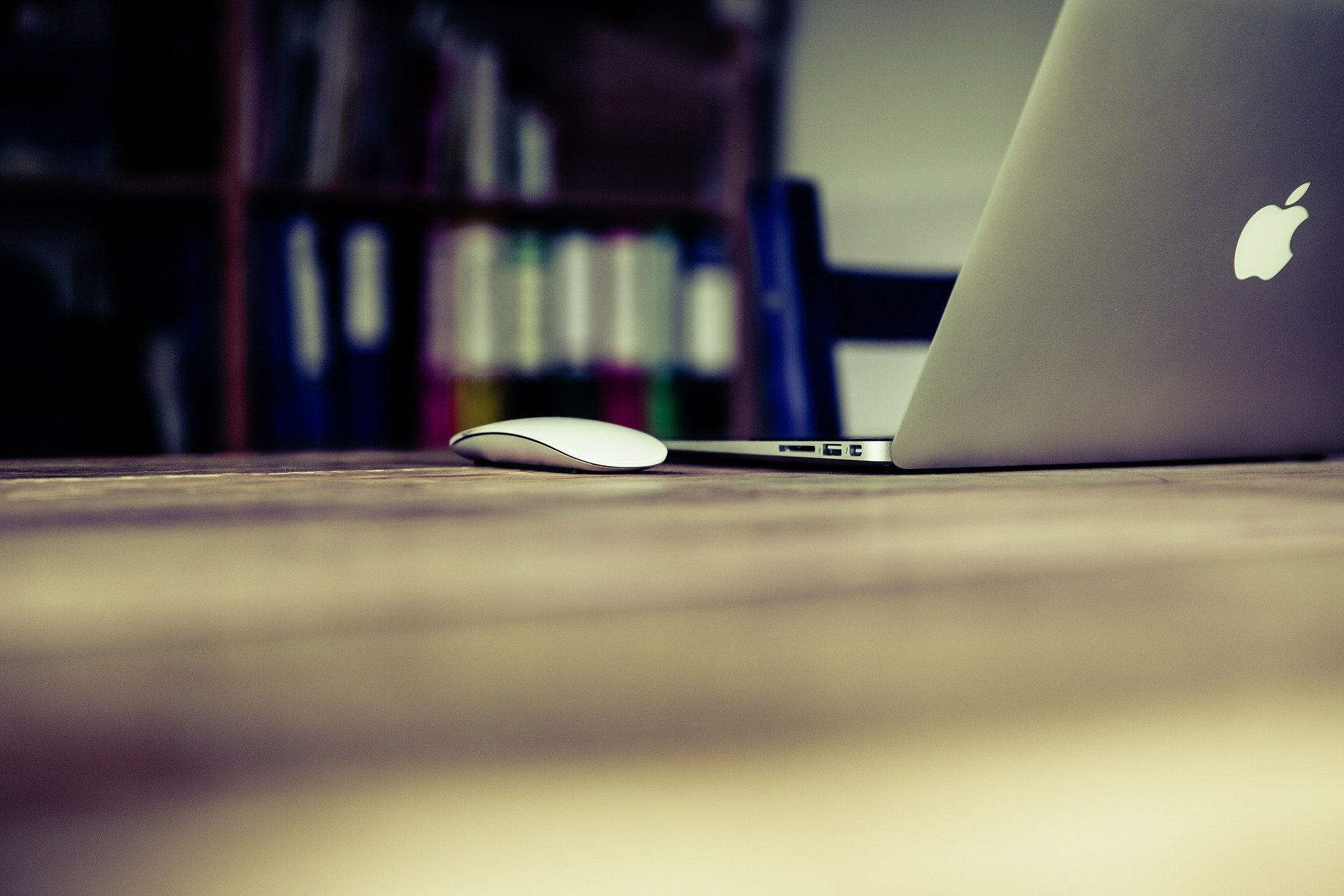Once you are done choosing your options and preferences for backing up, it is the time for the process itself. This article will guide you through it.
What do you need to do to start backing up?
Hit the next button and let the Windows backing up your files. You are also able to track the progress with classic Windows 7 progress bar right in that backup and restore applet. The process of uploading them may hours and hours depending on the size and system.
As for Windows 8 and onwards, Microsoft took a new turn and included much more powerful features called file history. This let you automatically backup files with just a toggle of an on/off switch you will find in the backup. Go to settings, look for update and security and click backup. For file history to perform such task, a second hard drive is required and note that the file back up feature is not enabled by default and you have to turn it on. You can choose the backup on a second partition as well if that makes sense to you.
The differences in backing up among operating systems
Notice that file history won’t backup anything that is not added in the default libraries or custom libraries. One other extra thing you need to take care of is that, file history does not replace the full system backups and will clog. It is advised from Microsoft to use any third party backup software for Windows 8 and newer.
While Windows 8 lacked such Windows 7 backup tools other than the file history, for the Windows 10 users, you have a Windows 7 mode backup available right in your Windows 10. The name is also the same and not changed, called Backup and Restore (Windows 7). You can find it right in the Backup panel from inside the settings.
Time Machine of macOS
macOS users have a fantastic utility called Time Machine. This feature from macOS absolutely got your back creating a full system backup. Local snapshots is the name of these backups. This will save you in the time of system crash or like unfortunate events.
Not only does it back up but this feature also enables you to get you to your accidental, subconsciously deleted files. For this features to take place you certainly need an external hard drive, be it HDD or SSD or any DD. You are also able to back up over shared network as well. You have access to this Time Machine by watching back to the future. Well, of course you will hardly be able to do it but anyway, go to System Preferences and you will find it there.
Backing up on Linux
Now for Linux users, you have different tools available for backing up based on your distros. For the typical Linux users you have Deja Dup. Do not worry about the name, you have this feature available by the name backup anyway in the system settings. Deja Dup is simple to use, you just point the files to wherever it is supposed to back up it could be external, internal, shared network or anywhere else.
By default, Deja Dup backups your home folder. Note that this will store all of the backup files permanently as long as it finds enough space.
Do not postpone baking up on your machine!
All of these may sound incredibly tedious and time consuming when your back is not against the wall. Most often as a tech, we get to hear from the system users that “Oh, it is running fine. I do not need such settings right now” or “I will”, “Not now”.
All is good until the same user run to me with huge frustration and disappointment asking to help them to get out of such mess, otherwise they may lose their job for this and in some cases, the whole company or organisation may suffer for this. Taking a little time to back your files will save you a lot more in the rainy day. One other thing, you can also use any cloud storage to back up your files with a few settings or with the help of third-party application.

